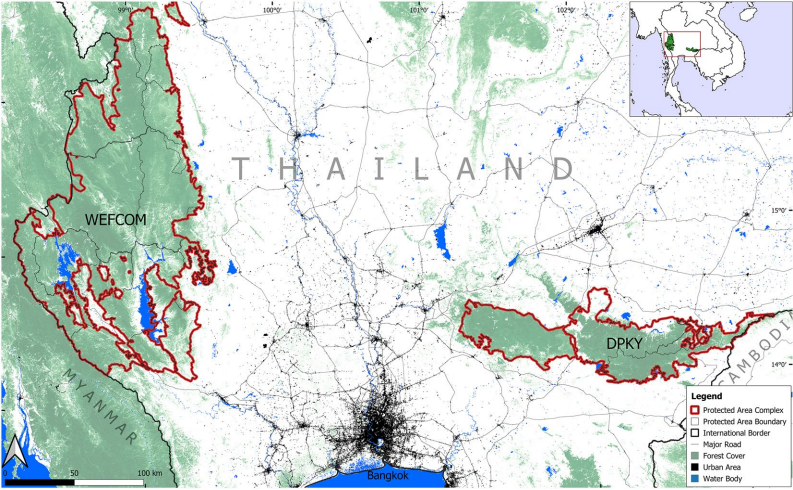Abstract:
 Isolation of wildlife populations represents a key conservation challenge in the twenty-frst century. This may necessitate consideration of translocations to ensure population viability. We investigated the potential population and genetic trajectory of a small, isolated tiger (Panthera tigris) population in Thailand’s Dong Phayayen-Khao Yai forest complex across a range of scenarios. Using an individual based, spatially-explicit population modelling approach, we simulate population and genetic trajectories and evaluate the relative impact of translocations from a related population. Population and genetic trajectories in our study were most sensitive to sex and number of individuals translocated and translocation frequency. Translocation of females produced consistently higher population, allelic richness, and heterozygosity compared to equal numbers of males. Despite population increases, declines in allelic richness and heterozygosity across simulations were stark, with simulations predicting a mean decline of allelic richness and heterozygosity of 46.5% and 53.5% without intervention, respectively. Translocations of four females every generation or every other generation were required to prevent substantial heterozygosity declines. While translocations could increase population size, they may fail to prevent long-term loss of genetic diversity in small populations unless applied frequently. This reinforces the importance of incorporating realistic processes of genetic inheritance and gene fow in modelling small populations.
Isolation of wildlife populations represents a key conservation challenge in the twenty-frst century. This may necessitate consideration of translocations to ensure population viability. We investigated the potential population and genetic trajectory of a small, isolated tiger (Panthera tigris) population in Thailand’s Dong Phayayen-Khao Yai forest complex across a range of scenarios. Using an individual based, spatially-explicit population modelling approach, we simulate population and genetic trajectories and evaluate the relative impact of translocations from a related population. Population and genetic trajectories in our study were most sensitive to sex and number of individuals translocated and translocation frequency. Translocation of females produced consistently higher population, allelic richness, and heterozygosity compared to equal numbers of males. Despite population increases, declines in allelic richness and heterozygosity across simulations were stark, with simulations predicting a mean decline of allelic richness and heterozygosity of 46.5% and 53.5% without intervention, respectively. Translocations of four females every generation or every other generation were required to prevent substantial heterozygosity declines. While translocations could increase population size, they may fail to prevent long-term loss of genetic diversity in small populations unless applied frequently. This reinforces the importance of incorporating realistic processes of genetic inheritance and gene fow in modelling small populations.

